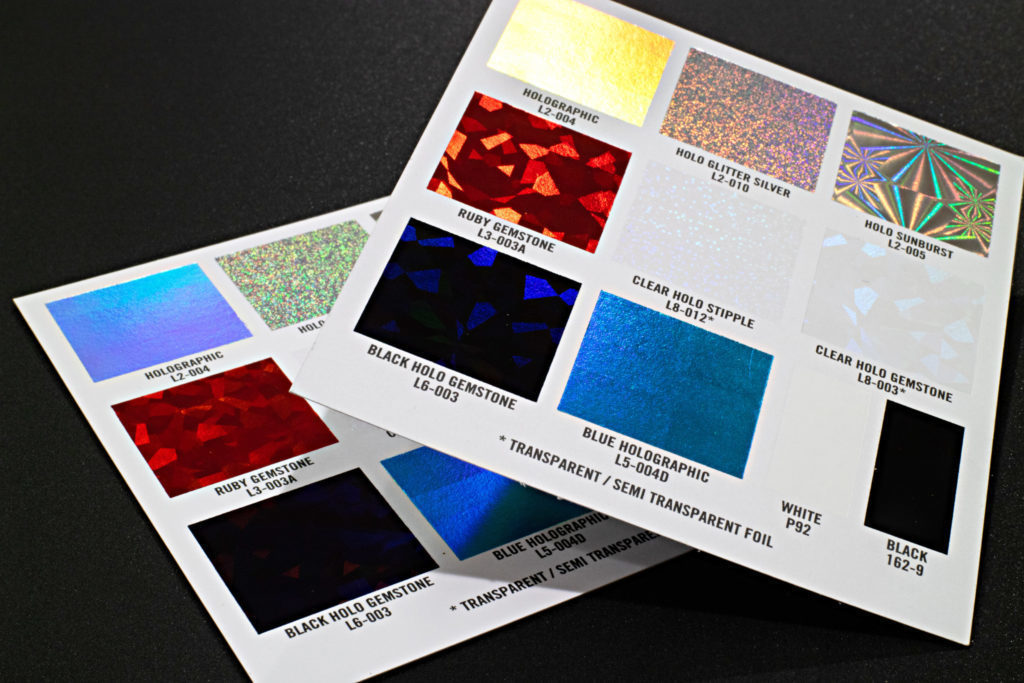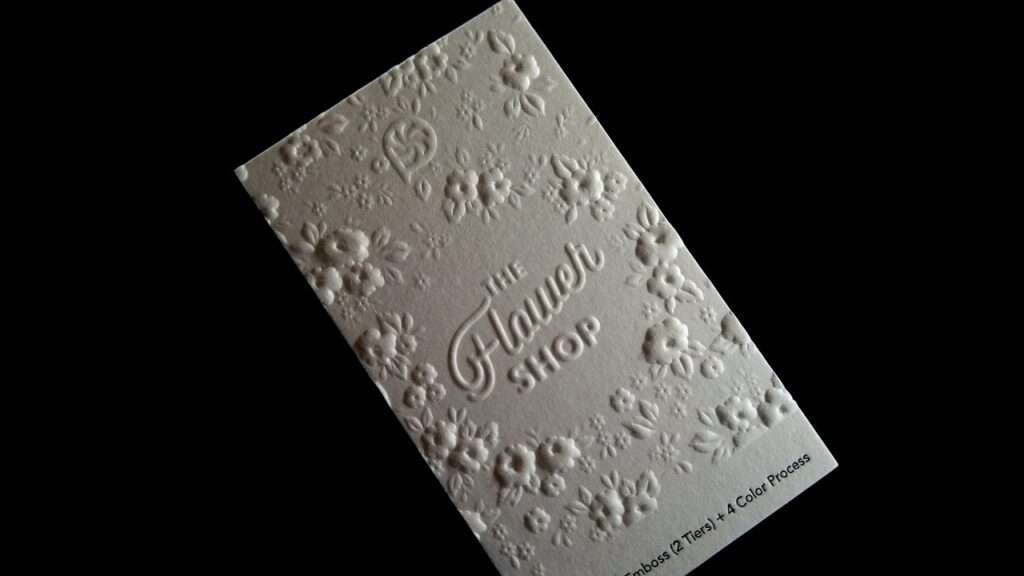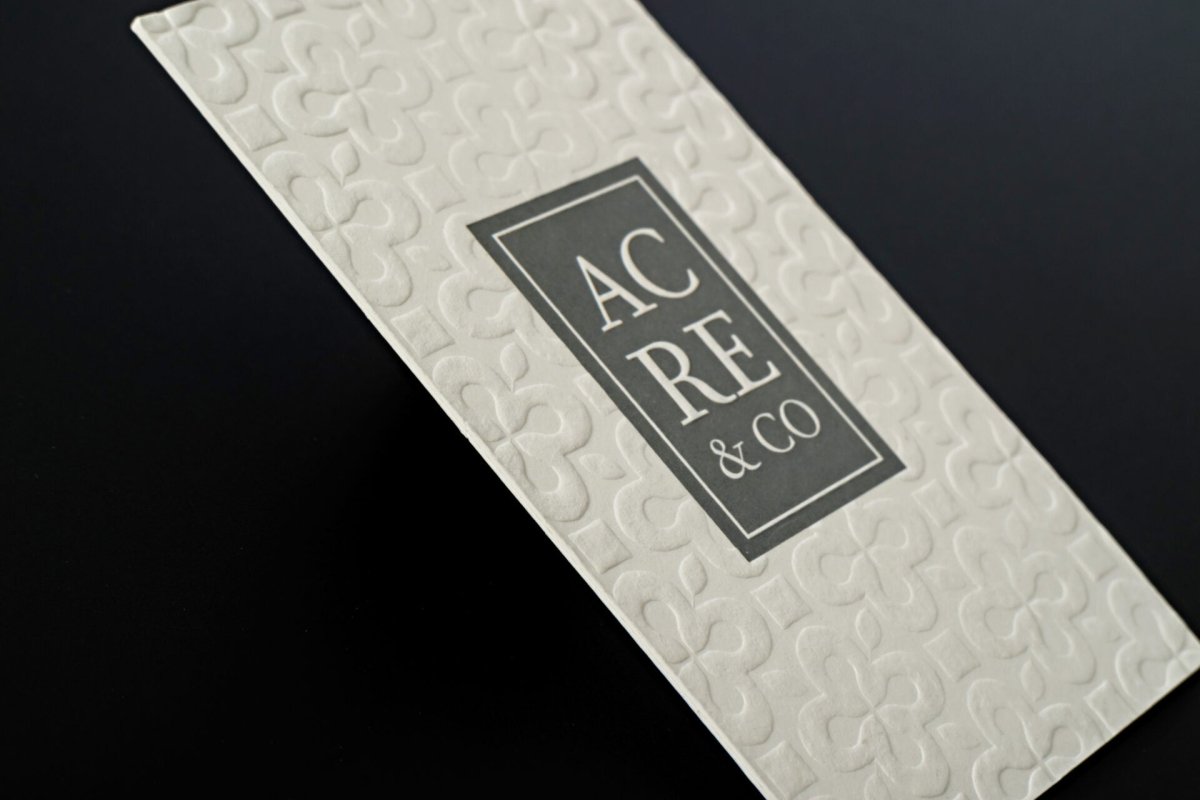The Graphic Design Profession
adminShare
Most people have some basic idea of what graphic designers do. Often times, however, that knowledge is limited to the world of creating business cards or maybe branching out a bit further to include creating an advertisement in a newspaper. While each of these examples does fit within a graphic designer's portfolio, the opportunities available within this profession are far more extensive.
Communication design, or graphic design, is the art of creating ideas by combining images, graphics, and words and projecting those ideas through textual or visual content. While it's easy to confuse graphic design with illustration because you may see the completed work in advertisements or on posters and web sites; however, graphic design ties all of the individual elements together, such as the illustrations and copy, and combines it into a cohesive package.
The key difference between an illustration and graphic design is that an illustrator creates an image based on the instructions given for one specific set of criteria. In other words, say, for instance, a furniture manufacturer wants an image created for a new sofa. The illustrator draws up the image for the sofa based on the specs given. Maybe his request is for images for four different sofas. The illustrator then creates one new image for each sofa requirement, and that's as far as his responsibility goes. It may be completed traditionally through drawing or digitally.
The graphic design process, on the other hand, goes a step further. Under the umbrella of graphic design, the artist is tasked with taking those images that the illustrator completed and creating one catalog page that offers information about all four pieces of furniture. He creates a file that combines all four of those sofa images along with any photographs that might have been supplied and adds the copy that offers any accompanying information for each piece of furniture, such as dimensions, fabric, and color options. It is then laid out on the page according to the customer's specifications to communicate the complete idea or page in this instance.
Treading still further into the design world, graphic design also involves creating web pages and intricate digital visuals, called information visualizations.
The next time you're surfing the web, stop and think for a moment about how all those hyperlinks are connected. For the sake of argument, say you are researching information about a United States senator. You may begin your search through your favorite search engine, and from there find your way onto a digital encyclopedia resource, which then directs you to a senator's biography, from which point you decide to go on to click a link for the Library of Congress page that provides the senator's voting history, or you go on to a magazine article. The graphic design process brings all those links to life with road-map precision through information visualization.
According to the Bureau of Labor Statistics' (BLS) 2017 record, the median pay was $48,700, which is the point at which half of the workers in graphic design earned more than that, while the other half earned less. The BLS continued to refine their data with the following specifics: "The lowest 10 percent earned less than $28,560, and the highest 10 percent earned more than $83,140."
Median pay is further designated by industry, and the top four are indicated below:
With 266,300 graphic design jobs recorded in the 2016 roll, the outlook through 2026 is job growth of 4%. That equates to approximately 11,100 new jobs created within this time frame.
To expound a little further on what graphic design is requires delving deeper into what graphic designers do. In short, a graphic designer compiles all of the creative and technical data to create a functional message that's clearly conveyed. The intention of the art a graphic designer produces is purposeful as opposed to purely aesthetic.
You will find that graphic designers are required in a wide range of areas and occupations. In addition to information visualization, some other avenues for consideration include the following:
What Is Graphic Design?
Communication design, or graphic design, is the art of creating ideas by combining images, graphics, and words and projecting those ideas through textual or visual content. While it's easy to confuse graphic design with illustration because you may see the completed work in advertisements or on posters and web sites; however, graphic design ties all of the individual elements together, such as the illustrations and copy, and combines it into a cohesive package.
The key difference between an illustration and graphic design is that an illustrator creates an image based on the instructions given for one specific set of criteria. In other words, say, for instance, a furniture manufacturer wants an image created for a new sofa. The illustrator draws up the image for the sofa based on the specs given. Maybe his request is for images for four different sofas. The illustrator then creates one new image for each sofa requirement, and that's as far as his responsibility goes. It may be completed traditionally through drawing or digitally.
The graphic design process, on the other hand, goes a step further. Under the umbrella of graphic design, the artist is tasked with taking those images that the illustrator completed and creating one catalog page that offers information about all four pieces of furniture. He creates a file that combines all four of those sofa images along with any photographs that might have been supplied and adds the copy that offers any accompanying information for each piece of furniture, such as dimensions, fabric, and color options. It is then laid out on the page according to the customer's specifications to communicate the complete idea or page in this instance.
Treading still further into the design world, graphic design also involves creating web pages and intricate digital visuals, called information visualizations.
The next time you're surfing the web, stop and think for a moment about how all those hyperlinks are connected. For the sake of argument, say you are researching information about a United States senator. You may begin your search through your favorite search engine, and from there find your way onto a digital encyclopedia resource, which then directs you to a senator's biography, from which point you decide to go on to click a link for the Library of Congress page that provides the senator's voting history, or you go on to a magazine article. The graphic design process brings all those links to life with road-map precision through information visualization.
How Much Do Graphic Designers Make?
According to the Bureau of Labor Statistics' (BLS) 2017 record, the median pay was $48,700, which is the point at which half of the workers in graphic design earned more than that, while the other half earned less. The BLS continued to refine their data with the following specifics: "The lowest 10 percent earned less than $28,560, and the highest 10 percent earned more than $83,140."
Median pay is further designated by industry, and the top four are indicated below:
- Advertising, public relations, and related services: $49,530
- Specialized design services: $48,360
- Newspaper, periodical, books, and directory publisher: $42,180
- Printing and related support activities $39,210
With 266,300 graphic design jobs recorded in the 2016 roll, the outlook through 2026 is job growth of 4%. That equates to approximately 11,100 new jobs created within this time frame.
What Does a Graphic Designer Do?
To expound a little further on what graphic design is requires delving deeper into what graphic designers do. In short, a graphic designer compiles all of the creative and technical data to create a functional message that's clearly conveyed. The intention of the art a graphic designer produces is purposeful as opposed to purely aesthetic.
You will find that graphic designers are required in a wide range of areas and occupations. In addition to information visualization, some other avenues for consideration include the following:
- Branding: creating a business's or corporation's visual identity. That may include designing the logo as well as the entire subsequent package, such as business cards, stationery, brochures, signage, and so on. Each piece of the package is clearly linked to the others.
- Wayfinding: You will see wayfinding images along roadways in the form of directions or street signs. Other areas that require signage to help people find their way include airports, hospitals, and educational facilities.
- Interactive Designs: these are evident on webpages as well as mobile devices.
- Product Design: With similarities to software design, a graphic designer in this area studies user patterns to create a user interface that's functional. One side of product design is user interface (UI) which is the visual experience the user has with the site, and the user experience (UX) is the experience the user has while interacting with the site.
- Print advertisements
- Pictograms
- Animation, such as cartoons and videos
- Large-scale advertising that includes billboards
- Packaging
- Infographics


